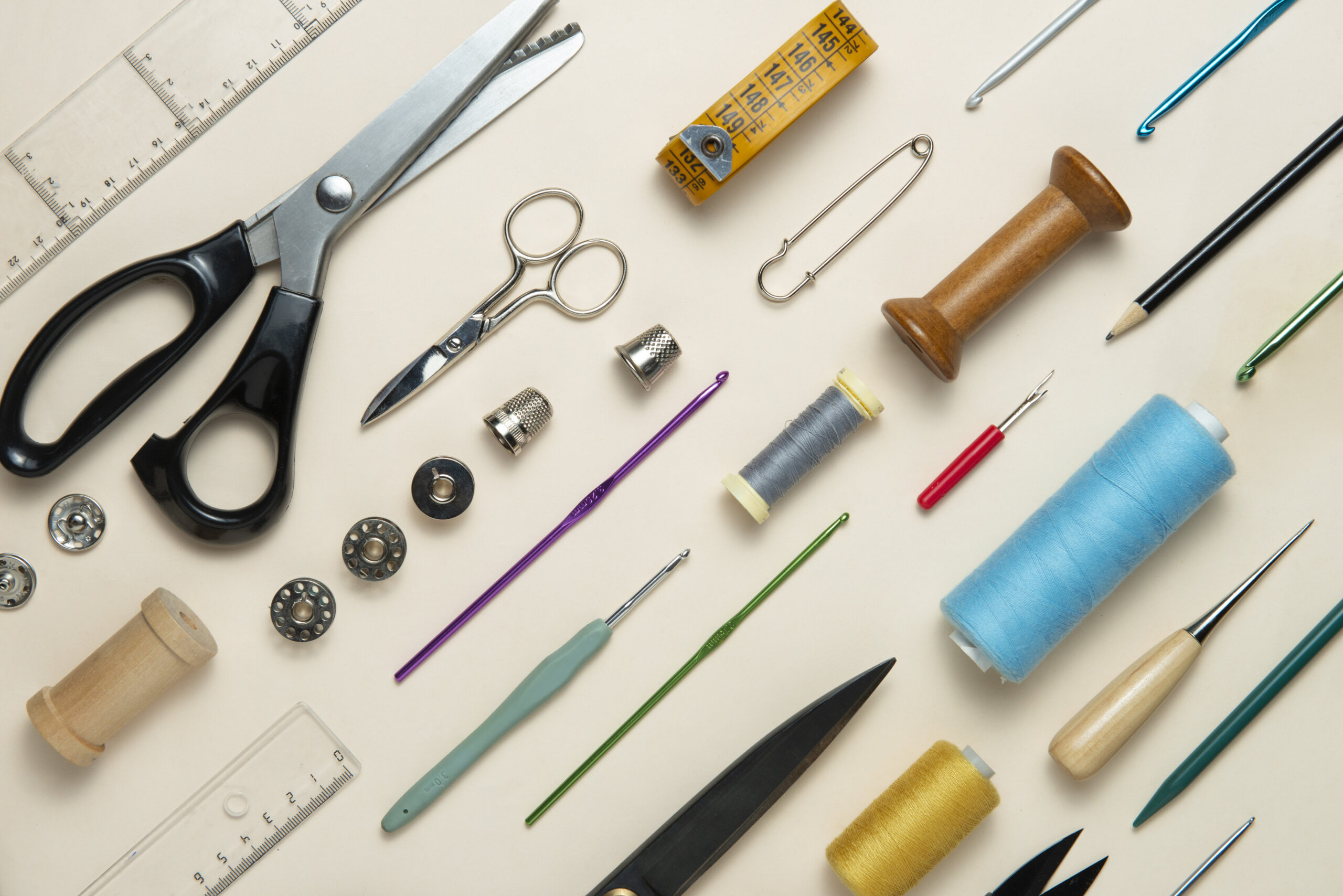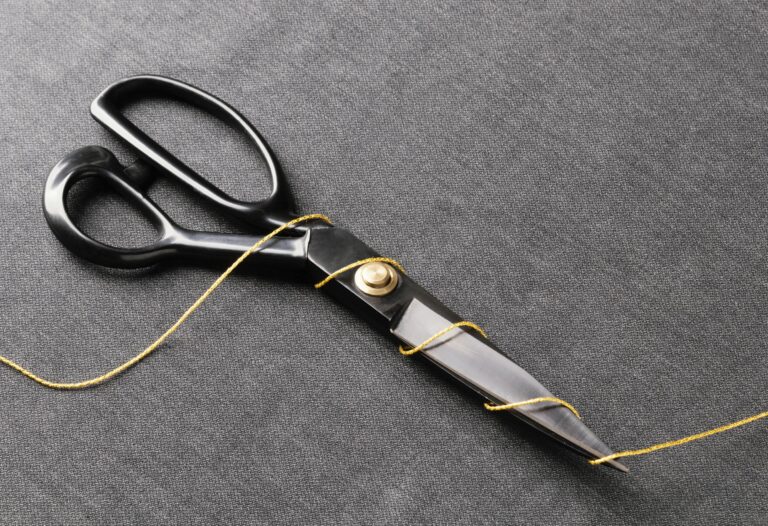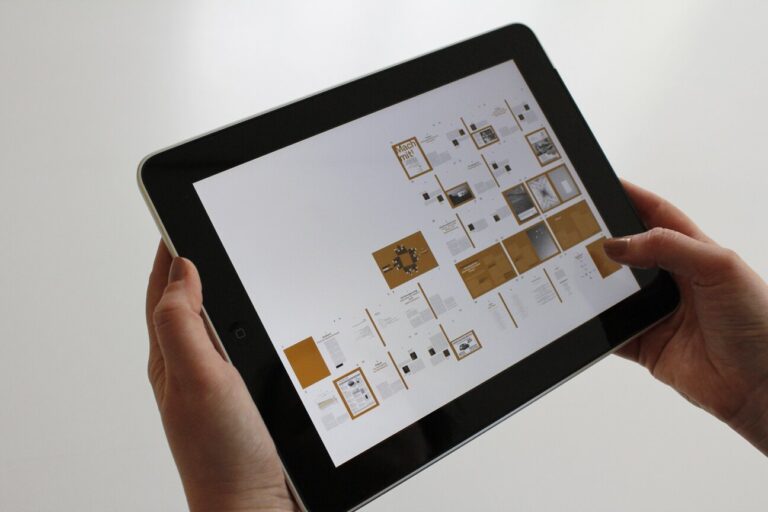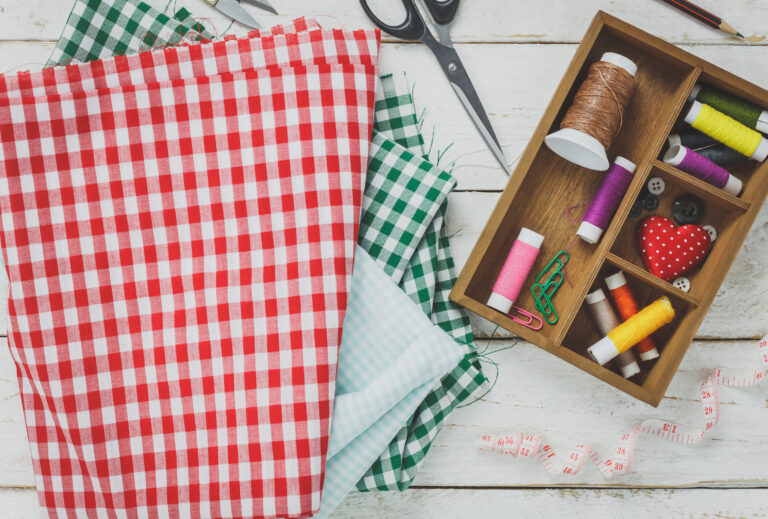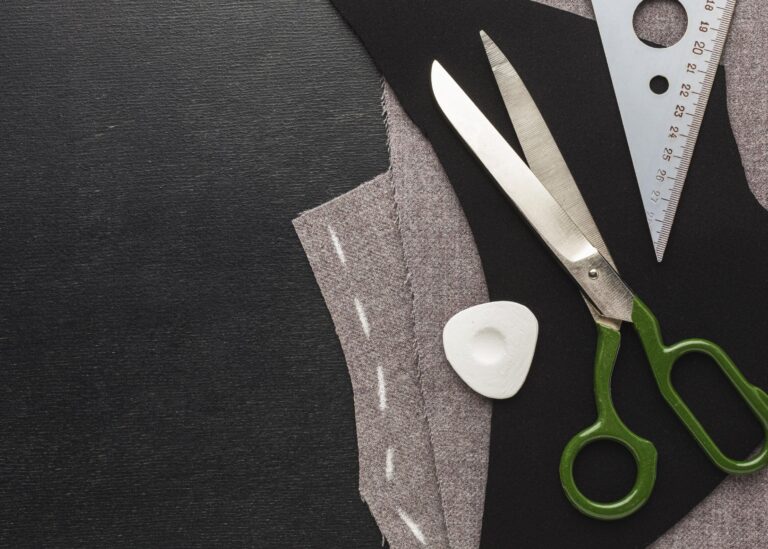Top 6 Must-Know Types of Sewing Needles for Creating High-Quality Garments
Sewing is an essential part of creating high-quality garments, and it’s essential to use the right sewing needles to get the best results.
In this post, we’ll discuss the top six must-know types of sewing needles for creating high-quality garments. We’ll cover the advantages and disadvantages of each type, and the best use cases for each.
By the end of this post, you’ll have a better understanding of the different types of sewing needles and which ones you should use for your next project.
6 Must-Know Types of Sewing Needles for Creating High-Quality Garments
Also read: The 9 Best Winter Fabrics for a Perfect Fit and Maximum Comfort
Whether you’re a professional fashion designer or a DIY enthusiast, choosing the right sewing needle is essential for creating beautiful and long-lasting garments.
Therefore, here are the types of sewing needles for your fashion projects:
1 Universal Needles
The first type of sewing needle we’ll discuss is the universal needle. As the name suggests, universal needles are versatile and can be used for a wide range of sewing projects.
They have a slightly rounded tip and are suitable for both woven and knit fabrics.
Use Cases for Universal Needles
Universal needles are ideal for general sewing projects, including sewing seams, hemming, and topstitching.
They’re suitable for both light and heavy fabrics and are a great all-purpose needle to have in your sewing kit.
Advantages of Universal Needles
One of the main advantages of universal needles is their versatility. They can be used for a wide range of sewing projects and are suitable for both woven and knit fabrics.
They’re also widely available and affordable, making them an excellent choice for beginners.
Disadvantages of Universal Needles
One potential disadvantage of universal needles is that they’re not specifically designed for any particular fabric.
While they can be used for a wide range of projects, they may not provide the best results for more specific projects. For example, they may not be the best choice for sewing leather or denim.
2 Ballpoint Needles
Ballpoint needles are another essential type of sewing needle. They have a rounded tip that allows them to slide between the fibers of knit fabrics without damaging them.
Use Cases for Ballpoint Needles
Ballpoint needles are specifically designed for knit fabrics and are ideal for sewing projects like t-shirts, sweatshirts, and other stretchy fabrics. They’re also great for sewing lingerie and other delicate fabrics.
Advantages of Ballpoint Needles
One of the main advantages of ballpoint needles is that they’re specifically designed for knit fabrics, making them the best choice for these types of fabrics.
They’re also less likely to damage delicate fabrics, making them a great choice for sewing lingerie and other delicate fabrics.
Disadvantages of Ballpoint Needles
One potential disadvantage of ballpoint needles is that they’re not suitable for woven fabrics. If you’re working with a combination of knit and woven fabrics, you’ll need to switch between ballpoint and universal needles.
4 Stretch Needles
Stretch needles are another essential type of sewing needle for creating high-quality garments. They have a specially designed tip that allows them to sew stretchy fabrics without damaging them.
Use Cases for Stretch Needles
Stretch needles are ideal for sewing projects like activewear, swimwear, and other stretchy fabrics.
They’re designed to sew through multiple layers of stretchy fabric without damaging the fibers.
Advantages of Stretch Needles
One of the main advantages of stretch needles is that they’re specifically designed for stretchy fabrics, making them the best choice for these types of fabrics.
They’re also less likely to damage delicate fabrics, making them a great choice for sewing lingerie and other delicate fabrics.
Disadvantages of Stretch Needles
One potential disadvantage of stretch needles is that they’re not suitable for woven fabrics.
If you’re working with a combination of knit and woven fabrics, you’ll need to switch between stretch and universal needles.
5 Denim Needles
Denim needles are a must-have for anyone who wants to sew denim or other heavy fabrics. They have a sharp, strong point that can sew through multiple layers of thick fabric.
Use Cases for Denim Needles
Denim needles are ideal for sewing heavy fabrics like denim, canvas, and upholstery fabrics.
They can sew through multiple layers of fabric without breaking, making them perfect for projects like jeans, jackets, and bags.
Advantages of Denim Needles
One of the main advantages of denim needles is their strength. They can sew through multiple layers of thick fabric without breaking or bending.
They’re also designed to sew through dense fabrics like denim, making them the best choice for these types of fabrics.
Disadvantages of Denim Needles
One potential disadvantage of denim needles is that they may damage delicate fabrics.
If you’re working with a combination of heavy and delicate fabrics, you’ll need to switch between denim and universal needles.
6 Leather Needles
Leather needles are essential for anyone who wants to sew leather or other heavy materials like vinyl or canvas.
They have a sharp, wedge-shaped point that can cut through leather without damaging it.
Use Cases for Leather Needles
Leather needles are ideal for sewing leather, vinyl, and other heavy materials.
They’re designed to cut through these materials without damaging them, making them perfect for projects like bags, wallets, and jackets.
Advantages of Leather Needles
One of the main advantages of leather needles is their strength. They’re designed to cut through heavy materials like leather without breaking or bending.
They also have a sharp, wedge-shaped point that can cut through the material without damaging it, making them the best choice for these types of fabrics.
Disadvantages of Leather Needles
One potential disadvantage of leather needles is that they may damage delicate fabrics.
If you’re working with a combination of heavy and delicate fabrics, you’ll need to switch between leather and universal needles.
7 Microtex Needles
Microtex needles are essential for anyone who wants to create high-quality, detailed stitching. They have a sharp, fine point that can sew through multiple layers of fabric without damaging them.
Use Cases for Microtex Needles
Microtex needles are ideal for creating detailed stitching, like topstitching, on delicate fabrics like silk and satin.
They’re also great for sewing through multiple layers of fabric, making them perfect for projects like quilting.
Advantages of Microtex Needles
One of the main advantages of microtex needles is their fine point. They can sew through delicate fabrics without damaging them, making them perfect for creating detailed stitching.
They’re also great for sewing through multiple layers of fabric without causing any damage.
Disadvantages of Microtex Needles
One potential disadvantage of microtex needles is that they may break more easily than other types of needles.
They’re designed to be thin and delicate, which means they may not be as strong as other types of needles.
Conclusion
Choosing the right sewing needle is essential for creating high-quality garments. Each type of needle is designed for specific fabrics and projects, and using the wrong needle can result in a poorly constructed garment.
We’ve covered the top six must-know types of sewing needles for creating high-quality garments.
Universal needles are versatile and can be used for a wide range of projects, while ballpoint needles are specifically designed for knit fabrics.
Stretch needles are ideal for sewing stretchy fabrics, while denim needles are perfect for heavy fabrics like denim.
Leather needles are essential for sewing leather and other heavy materials, while microtex needles are ideal for creating detailed stitching on delicate fabrics.
By understanding the advantages and disadvantages of each type of needle, you can choose the right needle for your project and ensure that your garments are constructed with the utmost care and quality.
When selecting needles, it’s also important to consider the thickness of the fabric you’ll be working with.
Thicker fabrics like denim and leather will require thicker needles, while thinner fabrics like silk and chiffon will require thinner needles.
Using the wrong needle size can result in skipped stitches, broken needles, and damaged fabrics.
It’s also important to replace your needles regularly. Needles can become dull or damaged over time, which can result in poor stitching and damaged fabrics.
As a general rule, you should replace your needle after every eight hours of sewing or after every project.
In addition to choosing the right needle, it’s also important to use high-quality thread and to adjust your machine settings appropriately for each project.
By taking the time to properly set up your machine and choose the right tools, you’ll be able to create high-quality garments that will last for years to come.
